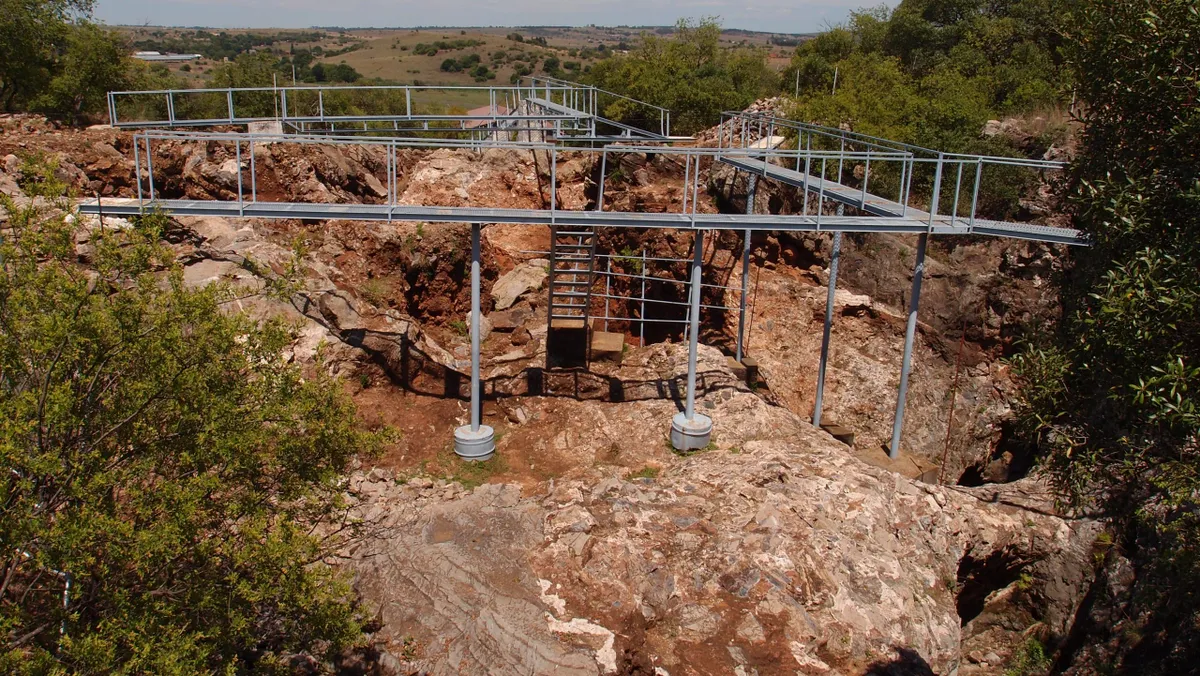Modern humans are the only primates alive today that habitually walk on two legs, and it is thought that ancient human ancestors also moved around in this way. However, new research led by the University of Kent suggests that one hominin species that existed just two million years ago still spent a lot of time climbing in the trees, as well as walking. This could offer vital clues about when bipedalism emerged among our ancient human relatives.
The research team, which included biomechanical engineers and palaeontologists, studied two fossilised leg bones found in Sterkfontein in South Africa. The fossils came from a hominin, believed to be either an early Homo species or Paranthropus robustus.

The shape of the leg bone was similar to modern humans, leading to the conclusion that the species walked on two legs. But when the scientists used CT scans to peer inside the fossils, they found that the internal structure – particularly the head of the femur – suggested that the hominins had highly flexed hip joints, which was evidence that they spent a lot of time in the trees.
“It has been challenging to resolve debates regarding the degree to which climbing remained an important behaviour in our past. Evidence has been sparse, controversial and not widely accepted, and as we have shown in this study the external shape of bones can be misleading,” said Dr Matthew Skinner, who co-led the research.
“Further analysis of the internal structure of other bones of the skeleton may reveal exciting findings about the evolution of other key human behaviours such as stone tool-making and tool use. Our research team is now expanding our work to look at hands, feet, knees, shoulders and the spine.”
Read more about human evolution:
